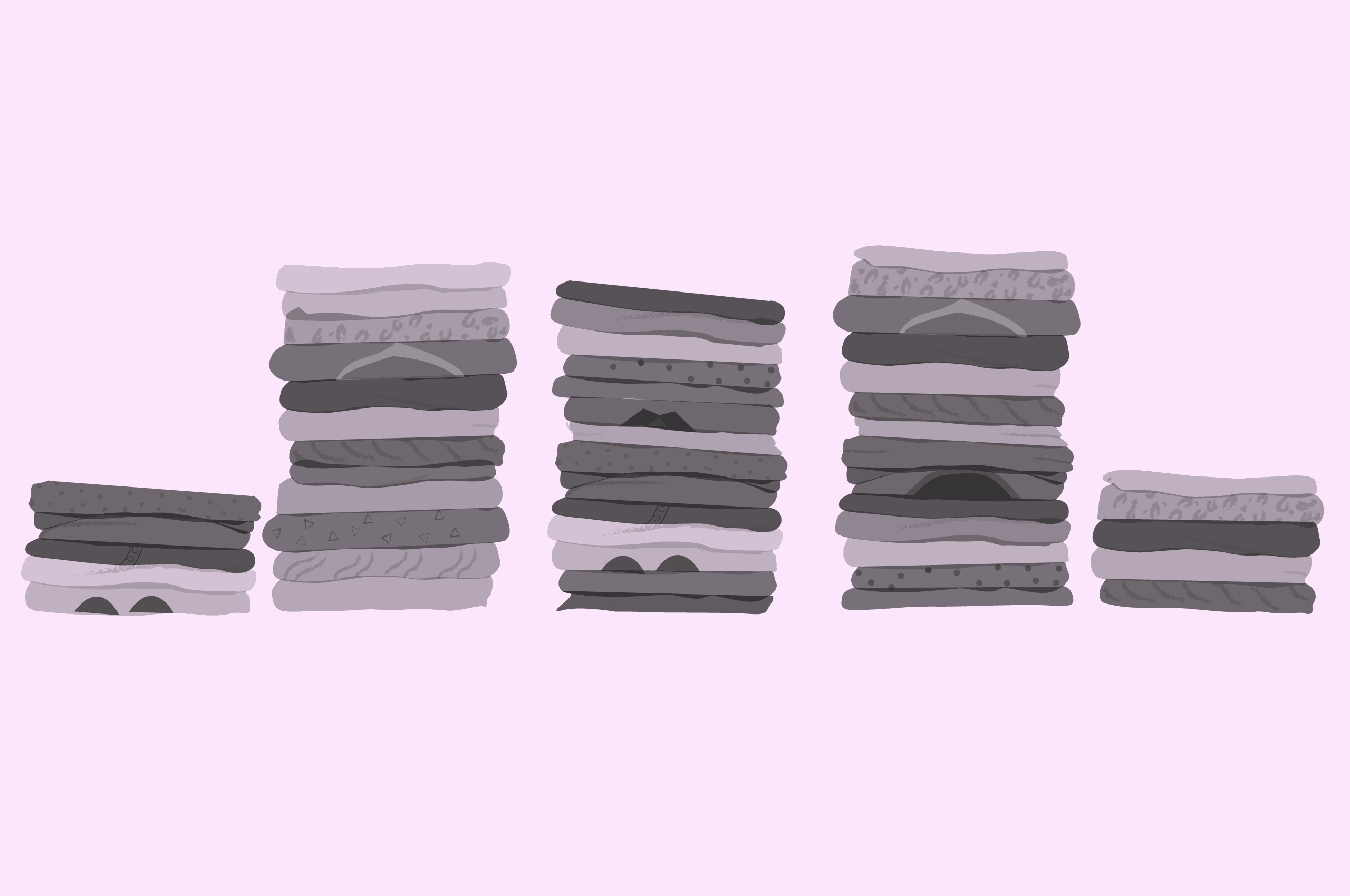Jeans provide comfortable fashion at affordable prices. But would you buy that $30 pair of jeans if you knew their production may have contributed to the pollution of a river in Indonesia, or to the health issues of a family in China?
High demand for disposable fashion has contributed to the pollution of water around the globe. “Cleaning Up the Fashion Industry,” a report by the Institute of Public and Environmental Affairs (a non-profit organization based in Beijing), states that “in 2010 the [Chinese] textile industry discharged 2.455 billion tons of waste water, which was the third highest of the 39 major industries in China.” Waste water from textile manufacturing processes, such as dyeing and bleaching, pollutes rivers with materials such as wax, pectin, ammonia, sulphur compounds, and chromium.
Rivers are also polluted by the large amounts of pesticides and insecticides used in the production of cotton (an essential component of any pair of jeans). According to the Food and Agriculture Organization of the United Nations (FAO), these chemicals have a variety of negative effects on aquatic life, including immune system suppression, reproductive inhibition or failure, and death of organisms. The destruction of a river’s ecosystem negatively affects both the health and the economic well-being of the people who live nearby.
While producing the documentary RiverBlue, Roger Williams and Lisa Mazzotta were able to witness first-hand how the fashion industry is damaging rivers in countries such as China, India, and Indonesia. “There is a lot of the world’s population based along these rivers; they don’t have any other resources, so they have to use what is there,” says Williams. “When we were in Indonesia, I was in a canoe with this fisherman who could no longer fish, because there are no fish left.” Williams explains that the fisherman’s source of income was no longer the fish, but the pieces of plastic he collected from the river. “He was collecting little bits that he could take to the recycler and make a couple of dollars from.”
The goal of wearing jeans is to feel comfortable, but our comfort should not be at the cost of the environment or the health of others. Williams feels that consumers have an important role to play, and that we need to start asking questions about our purchases: how and where is our clothing made, and what is it made with? “Sooner or later the manufacturers will just be pressured into changing,” says Williams. “Things can change, and they will.”











